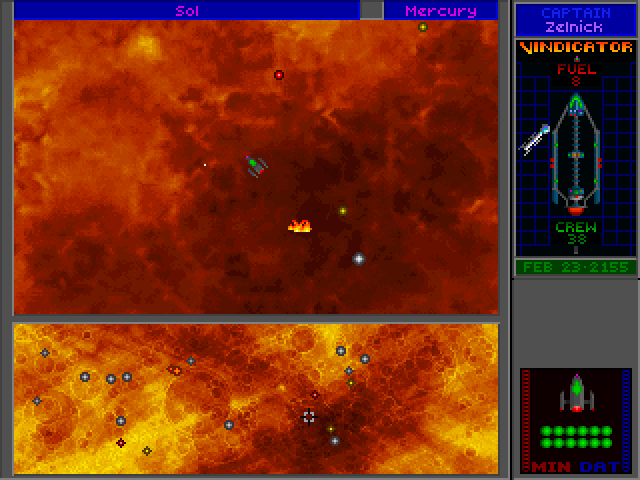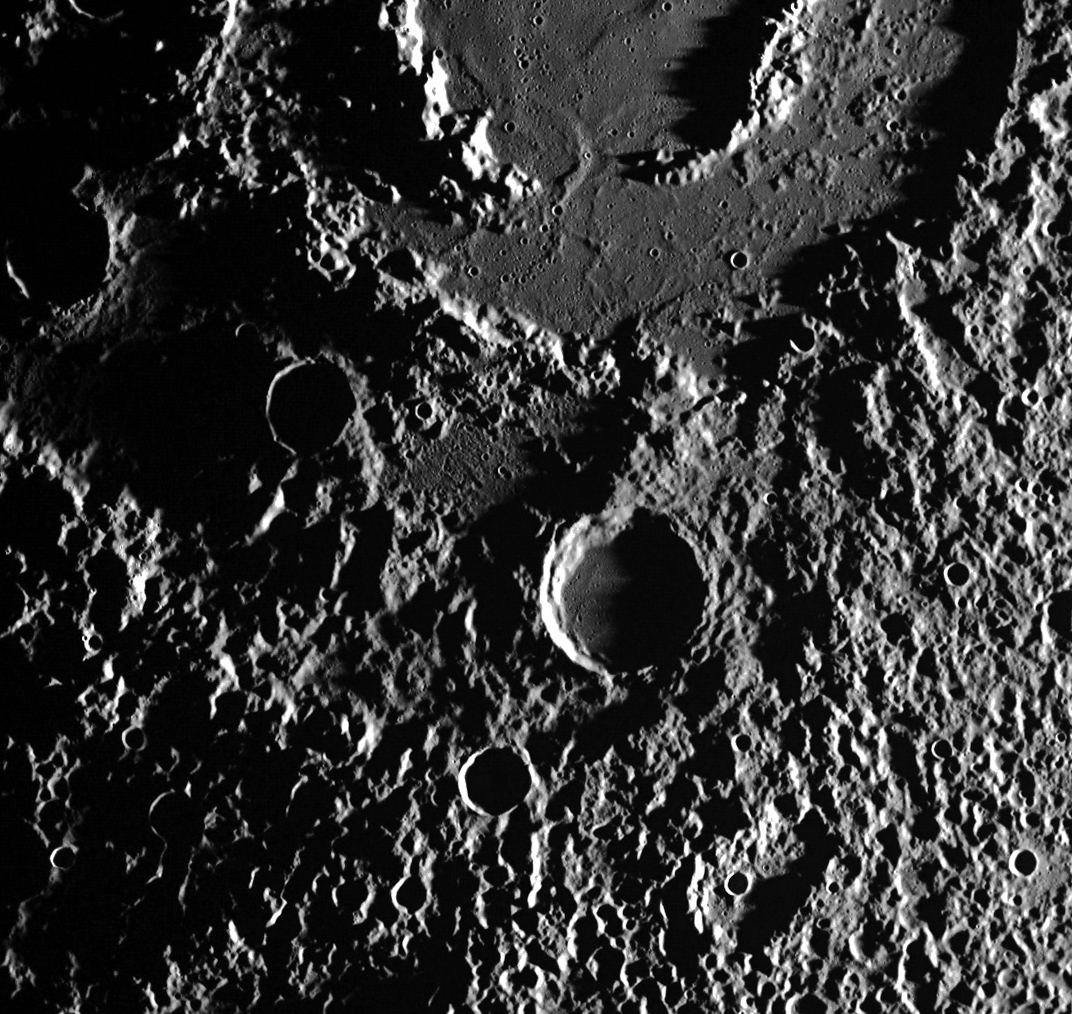MESSENGER Mission News
August 9, 2012
http://messenger.jhuapl.edu
--------------------------------------------------------------------------------
International Astronomical Union Approves Names for Nine Mercury Craters
The International Astronomical Union (IAU) recently approved a proposal from the MESSENGER Science Team to assign names to nine impact craters on Mercury. The IAU has been the arbiter of planetary and satellite nomenclature since its inception in 1919. In keeping with the established naming theme for craters on Mercury, all of the newly designated features are named after famous deceased artists, musicians, or authors or other contributors to the humanities.
“All of the nine newly named craters are located in Mercury’s north polar region, and MESSENGER team members and collaborators who are researching this area contributed the proposed names,” explains Mercury Dual Imaging System Instrument Scientist Nancy Chabot, of the Johns Hopkins University Applied Physics Laboratory in Laurel, Maryland. “Mercury's north polar region is of high scientific interest because of the shadowed craters there that host radar-bright deposits that may consist of water ice. All of the nine newly named craters host such deposits.”
The newly named craters are:
· Egonu, for Uzo Egonu (1931-1996), a Nigerian-born painter who at 13 was sent to England to study art, first at a private school in Norfolk and later at the Camberwell School of Arts and Crafts. Exile, alienation, and the pain of displaced peoples were recurrent themes in his work.
· Gaudí, after Antoni Gaudí (1852-1926), a Spanish architect whose work concentrated largely on the Catalan capital of Barcelona. He was very skilled with ceramics, stained glass, wrought-iron forging, and carpentry and integrated these crafts into his architecture.
· Kandinsky, for Wassily Kandisky (1866-1944), a Russian painter and art theorist credited with painting the first purely abstract works.
· Petronius, for Titus Petronius (c. AD 27-66), a Roman courtier during the reign of Nero. He is generally believed to be the author of the Satyricon, a satirical novel believed to have been written during the Neronian era.
· Prokofiev, for Sergei Prokofiev (1891-1953), a Russian composer, pianist, and conductor who is considered one of the major composers of the 20th century. His best-known works include the ballet Romeo and Juliet – from which "Dance of the Knights" is taken – and Peter and the Wolf.
· Tolkien, for John Ronald Reuel (J. R. R.) Tolkien (1892-1973), an English writer, poet, philologist, and university professor, best known as the author of the classic fantasy novels The Hobbit and The Lord of the Rings.
· Tryggvadóttir, for Nina Tryggvadóttir (1913-1968), one of Iceland's most important abstract expressionist artists and one of very few Icelandic female artists of her generation. She primarily worked in painting, but she also created collages, stained glass work, and mosaics.
· Qiu Ying, for Shifu Qiu Ying (1494-1552), a Chinese painter who specialized in the gongbi brush technique, a careful realist method in Chinese painting. He is regarded as one of the Four Great Masters of the Ming Dynasty.
· Yoshikawa, for Eiji Yoshikawa (1892-1962), a Japanese historical novelist best known for his revisions of older classics including The Tale of the Heike, Tale of Genji, Outlaws of the Marsh, and Romance of the Three Kingdoms.
These nine newly named craters join 77 other craters named since the spacecraft’s first Mercury flyby in January 2008.
”These latest names for major craters on Mercury are important for two reasons,” adds MESSENGER Principal Investigator Sean Solomon of Columbia University’s Lamont-Doherty Earth Observatory. “The first is that formal names make it easier to communicate scientific findings about specific regions and features. The second, equally important reason is that these designations expand the opportunities to recognize the contributions to the arts by the most creative individuals from many cultures and eras. The names of those individuals are now linked in perpetuity to the innermost planet.”
More information about the names of features on Mercury and the other objects in the Solar System can be found at the U.S. Geological Survey's Planetary Nomenclature Web site:
http://planetarynames.wr.usgs.gov/index.html.
--------------------------------------------------------------------------------
MESSENGER (MErcury Surface, Space ENvironment, GEochemistry, and Ranging) is a NASA-sponsored scientific investigation of the planet Mercury and the first space mission designed to orbit the planet closest to the Sun. The MESSENGER spacecraft launched on August 3, 2004, and entered orbit about Mercury on March 18, 2011 (UTC), to begin its primary mission – a yearlong study of its target planet. MESSENGER’s extended mission began on March 18, 2012. Dr. Sean C. Solomon, the Director of Columbia University's Lamont-Doherty Earth Observatory, leads the mission as Principal Investigator. The Johns Hopkins University Applied Physics Laboratory built and operates the MESSENGER spacecraft and manages this Discovery-class mission for NASA.
Nice to see Tolkien up there, and Prokoviev:
[ame="http://en.wikipedia.org/wiki/Peter_and_the_Wolf"]Peter and the Wolf - Wikipedia, the free encyclopedia[/ame]
--------------------------------------------------------------------------------



